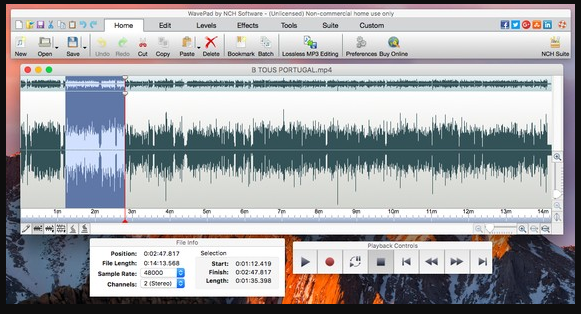

REVERSE SPEECH RECORDER ONLINE HOW TO
In a microscopic anatomy course, students learn about how to study tissue and anatomy at the microscopic level. Researchers noted that focusing on medical students was key to their study - while some disciplines require more reading and writing, a lot of medical school relies on the development of practical skills. The study only looked at medical students and was carried out as they attended either a microscopic anatomy course in person or the same practical course virtually, meaning the results may not be applicable to every learning experience or field. But since learning has a definite physiological component, this raised the question of whether there are any differences in this regard as well." "To date, the differences between in-person and online teaching have often been assessed using questionnaires in which subjective parameters such as motivation or perceived stress were surveyed. "We know that stress strongly affects learning and memory processes, as well as on sustaining attention," Morris Gellisch, a research associate with Ruhr University Bochum in Germany and one of the study's authors, said in an August press release. The study, published in the journal Anatomical Sciences Education at the end of July, looked at a group of 82 medical students who were attending either face-to-face classes or online lectures in order to measure the ways their bodies expressed stress.

The answer could be yes, according to a small study measuring heart rate and cortisol levels in students' saliva, which found that medical students were physiologically more relaxed in an online lecture rather than an in-person one. Among them: does the body feel less stress in a virtual classroom as opposed to a physical one? This drastic change in environment prompted questions about differences in the learning experience. Many students across the globe had to transition between taking lessons in lecture halls to their living rooms in the COVID-19 pandemic.


 0 kommentar(er)
0 kommentar(er)
